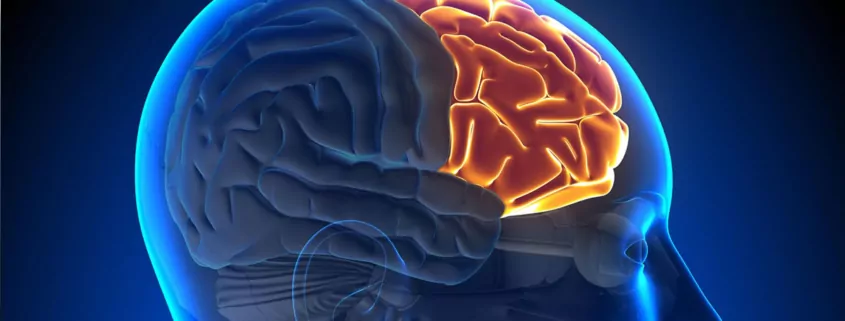Nicotine’s Impact on Brain Less Harmful Than Thought, Study Shows
Research Suggests Brain Differences Precede Nicotine Use
A recent study published in the Journal of the American Medical Association (JAMA) has shed new light on the long-standing debate about nicotine’s effects on the brain. The comprehensive research, which followed nearly 10,000 adolescents aged 9 to 11 over a three-year period, challenges the notion that nicotine use causes harmful changes in brain structure.
To better understand the relationship between substance use and brain development, the researchers analyzed brain images of the young participants and tracked their substance use over time. This longitudinal approach allowed them to observe how the brain is affected when adolescents start using different substances, including nicotine.
One of the most striking findings of the study was that the structural differences in the brain often associated with early nicotine use (before the age of 15) were actually present before the adolescents had tried any substances. This suggests that these brain variations may be a contributing factor to substance use, rather than a consequence of it.
Dr. Nora Volkow, head of the US National Institute on Drug Abuse (NIDA), commented on the significance of these findings, stating, “This adds to some emerging evidence that an individual’s brain structure, alongside their unique genetics, environmental exposures, and interactions among these factors, may impact their level of risk and resilience for substance use and addiction.“
Challenging the Notion of Nicotine-Induced Brain Damage
The study’s results have important implications for our understanding of nicotine’s impact on the brain. Dr. Claude Guiron, Scientific Director of Swedish Match in the Nordic region, believes the research provides valuable insight into the causal relationship behind the observed differences in brain structure between nicotine users and non-users.
“The study clearly shows that the brains of users of nicotine and other addictive substances look different already in childhood, long before they have used any addictive substances,” Guiron explains. “The changes seen in brain appearance are therefore not brain damage, as is sometimes claimed.“
The Common Liability Theory
The findings lend support to the “common liability theory,” which suggests that the use of different substances, such as nicotine and cannabis, may have a shared underlying cause. This could include factors like genetics, environment, lifestyle, and, as this study demonstrates, pre-existing differences in brain structure and function.
Guiron elaborates, “According to this theory, the cause is not the nicotine itself but entirely different common factors. The use of different substances has a shared underlying cause, which can be genetics, environment, other lifestyle factors, and, as this study clearly shows, differences in brain appearance and function already in childhood.”
Implications for Public Health Policy
The study’s conclusions have significant implications for public health policy. Patrik Strömer, Secretary General of the Association of Swedish Snus Manufacturers, hopes the research will encourage a more science-based approach to nicotine regulation and harm reduction.
“Youth under 18 should not use nicotine, just like those with certain medical conditions and pregnant women,” Strömer acknowledges. “But claiming that nicotine damages the brain is propaganda, not science. And now there is independent research confirming this.“
He adds, “The fact that brain structure plays a crucial role in whether someone starts using substances means that many previous conclusions about nicotine need to be reevaluated. If we want to save lives and reduce tobacco-related harm, it’s time to build our public health policy on facts, not prejudice.“
Moving Forward with Science-Based Harm Reduction
As we continue to explore the complex relationship between substance use and brain development, studies like this one remind us of the importance of basing public health decisions on rigorous scientific evidence. By challenging long-held assumptions about nicotine’s impact on the brain, this research opens the door to more nuanced and effective approaches to harm reduction and addiction prevention.
As we move forward, it will be crucial to invest in further research that examines the interplay between genetics, environment, and individual differences in brain structure and function. Only by understanding the full picture can we develop targeted interventions and policies that truly prioritize public health and well-being.
- Cambodia: Phnom Penh Bans Smoking & Vaping on “Walk Street” - August 16, 2025
- Mexico City Congress Approves Ban on Vapes & E-Cigs - August 16, 2025
- Is It Illegal to Vape or Smoke While Driving in Minnesota? - August 15, 2025









